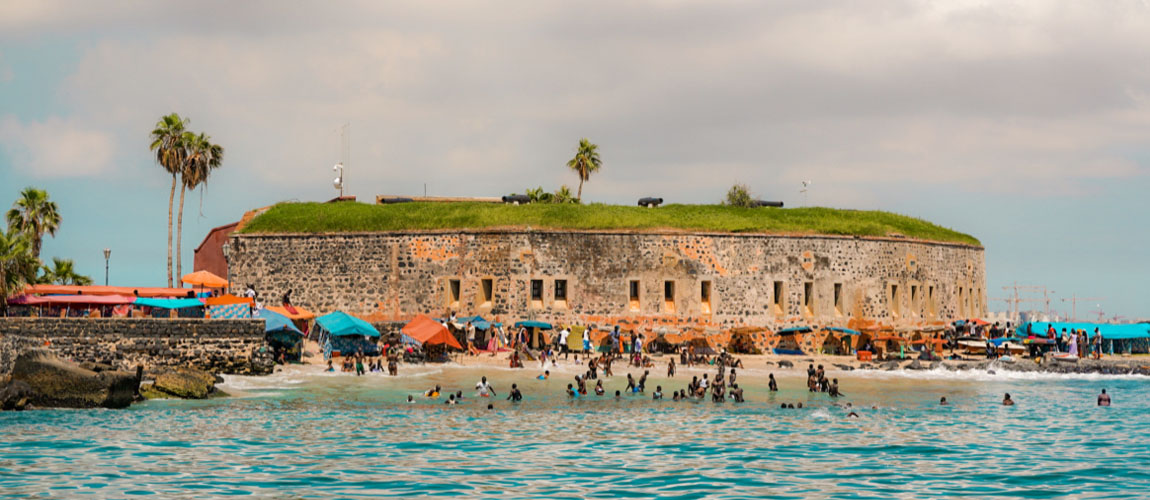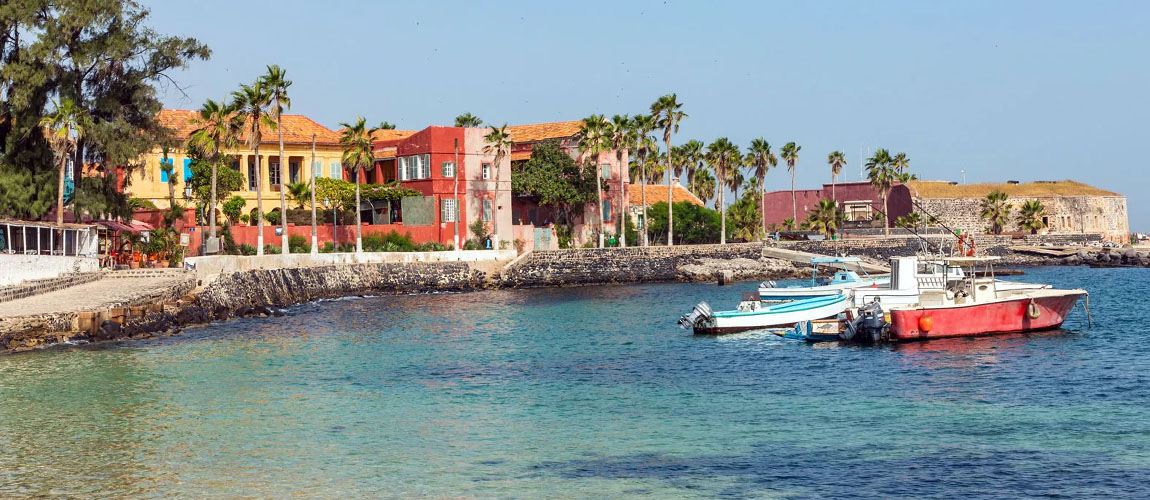Senegal
History. Architecture. Art. Incredible Beaches & Cuisine.



West African nation of Senegal is referred to as the "Gateway to Africa" since it is situated at the westernmost point of the continent and is connected to several air and sea transit routes. Senegal is home to a large diversity of plant and animal species thanks to its diversified environment, which includes semiarid grassland, coastline, and tropical rainforest. The baobab tree and the lion were chosen as the nation's national symbols from this abundant natural heritage.
Senegal’s capital, Dakar, is the most significant city in the country. This vibrant and lovely city is a well-liked tourist attraction and is situated on the Cape Verde Peninsula along the Atlantic coast. Dakar will continue to be one of Africa’s most significant harbours and an economic and cultural hub for all of West Africa, despite the government’s ambitions to eventually relocate the capital inland.
The region’s uniqueness may be seen in its extraordinary natural wealth as well as its rich cultural diversity. An abundantly green Africa where the sea, river, mangroves, palm trees, rizières, deep forests, and savannah coexist. The Saint-Louis region captivates history buffs, and after one crosses the Eiffel-style Pont Faidherbe, one frequently feels as though they have been transported to a different time. The city preserves significant remnants of its illustrious past, and because of its rich cultural and architectural heritage, UNESCO has designated it as a World Heritage Site since 2000.
The capital, Dakar, the historic colonial town of Saint-Louis, and the Mouride sacred site of Touba are the main cities of importance. A UNESCO World Heritage Site and former hub of the West African slave trade, Gorée Island is popular with tourists.
To know more about Senegal and organize a vacation to this beautiful country, connect with our team at the earliest.
